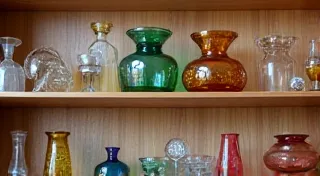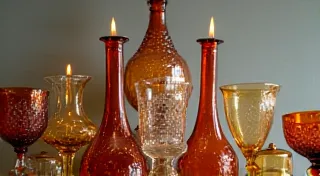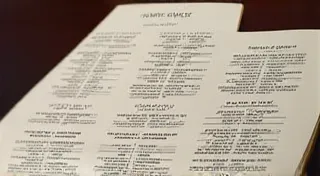A Beginner's Guide to Carnival Glass: Understanding the Basics
New to carnival glass? This article covers the history, common colors, manufacturing processes, and basic identifying features to get you started on your collecting journey.
What is Carnival Glass?
Carnival glass isn’t actually used in carnival games! It’s a type of pressed glass manufactured primarily between 1903 and 1930. It’s characterized by its iridescent surface, achieved through a unique manufacturing process that creates a dazzling, rainbow-like effect. While primarily an American phenomenon, smaller amounts were also produced in Europe, particularly in England and Germany.
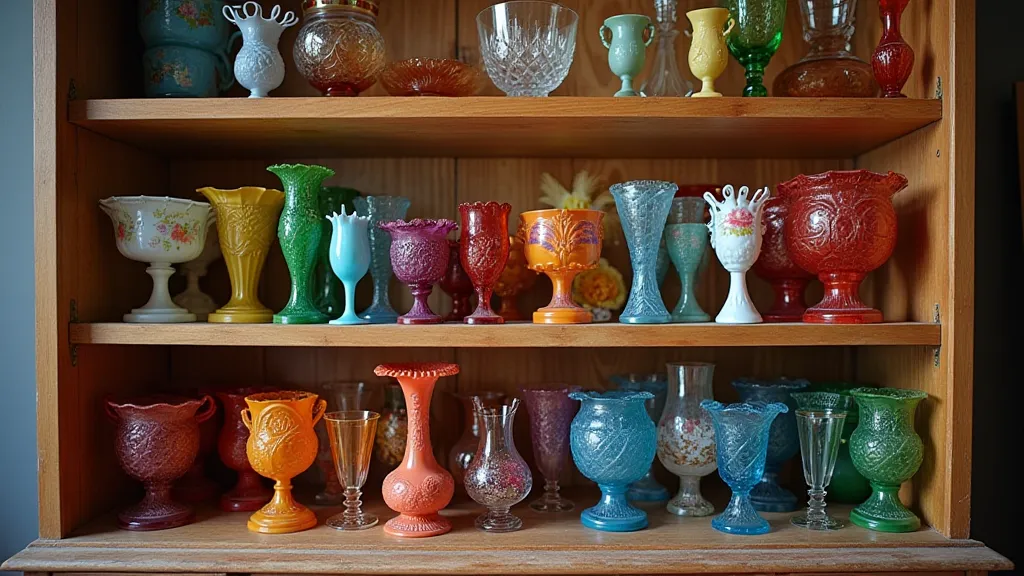
A Brief History
The rise of carnival glass coincided with the popularity of amusement parks and carnivals in the early 20th century. Companies like Fenton, Northwood, Imperial, and Dugan capitalized on this burgeoning leisure culture, producing attractive and affordable glassware that became a common prize at carnival games and a popular item for sale. The relatively low production cost made it accessible to a wide range of consumers, contributing to its widespread appeal. Understanding the broader context of its rise and fall can further enhance your appreciation for this collectible; you can explore the rise and fall of carnival glass production for a more detailed historical perspective.
The Manufacturing Process: How is that Iridescence Achieved?
The secret to carnival glass’s alluring iridescence lies in the application of metallic salts to the glass during the cooling process. After the glass is pressed into its shape, it’s sprayed with a mixture of metallic oxides, most commonly cobalt and gold. This mixture adheres to the surface and, as the glass cools, it “marbles” into the glass, creating the shimmering effect. The exact process varied between manufacturers, which accounts for the subtle differences in the iridescence observed in different pieces. Variations in the application of these salts, the glass composition itself, and even the humidity during the process all contribute to the unique visual characteristics we admire today.
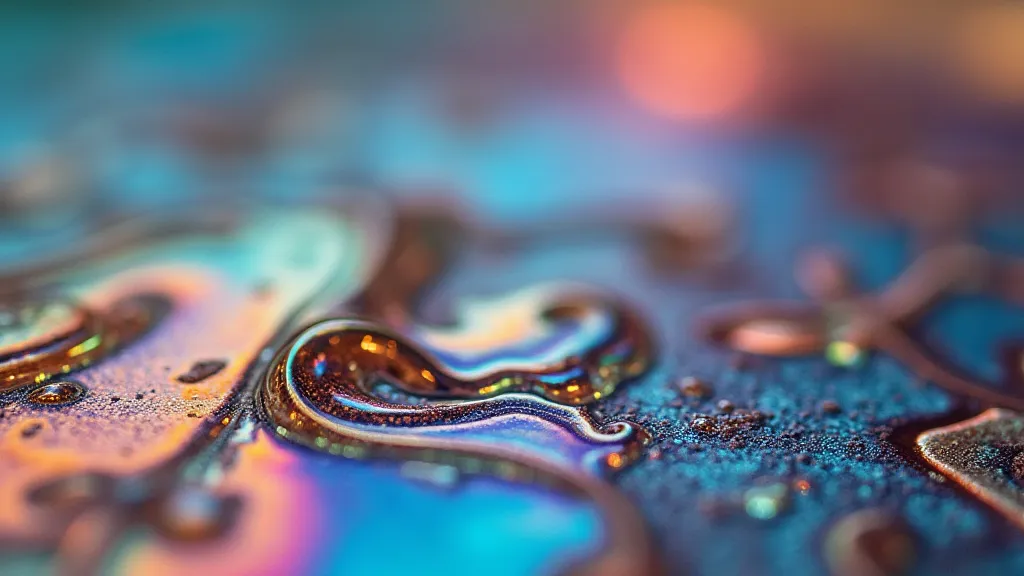
Common Colors and Patterns
Carnival glass was produced in a wide range of colors, each with its own unique character. Here are some of the most commonly encountered:
- Peachblow: Considered the most desirable and often the most valuable. This color is characterized by a warm, peach-orange base with a reddish iridescence.
- Butter Yellow: A softer, buttery yellow with a subtle iridescence.
- Vaseline: Also known as Uranium Glass. It glows under a black light due to the presence of uranium oxide. The presence of Uranium Oxide is a fascinating element of Vaseline glass, and contributes significantly to its value, making identification crucial for serious collectors.
- Cobalt Blue: A deep, rich blue color.
- Marigold: A warm orange-yellow color.
- Green: Various shades of green were also produced.
Patterns are equally diverse, ranging from floral designs (like "Rose" and "Powder Puff") to geometric patterns ("Diamond") and animal motifs. Identifying the pattern is crucial for accurate cataloging and value assessment. The visual appeal of these patterns is undeniable, and for collectors, understanding the intricacies of factory marks and manufacturing techniques is key to accurately identifying the origin and value of each piece. Should you want a deeper dive, identifying carnival glass offers a practical guide to marks, factories, and techniques.
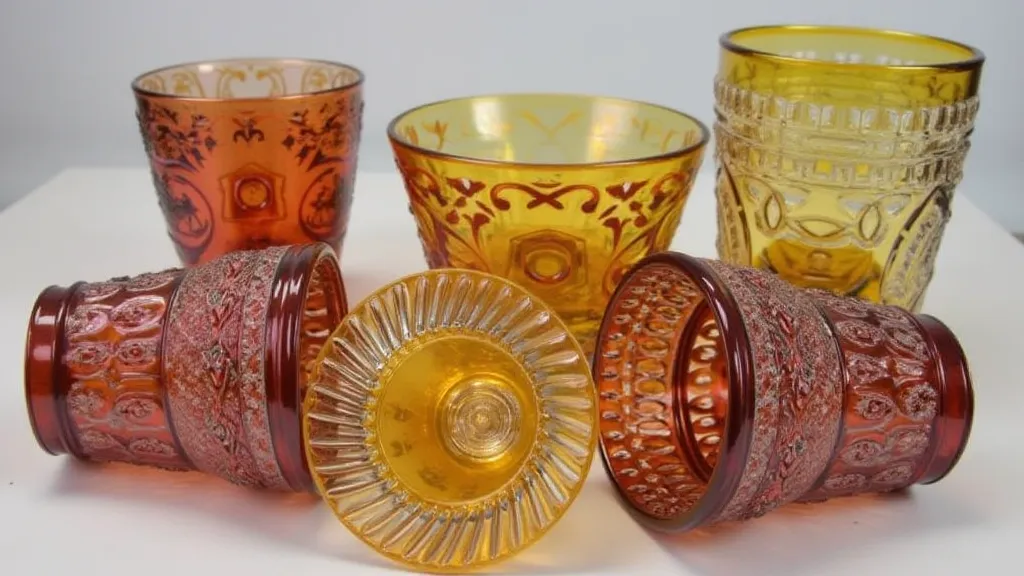
Basic Identifying Features
Beyond the Basics: Value and Collectibility
The value of carnival glass isn't just about the color and pattern; it's a complex interplay of factors. Rarity, condition, iridescence quality, and even provenance all contribute to its worth. While Peachblow and other highly desirable colors command premium prices, even more common colors can be valuable if they are in exceptional condition or feature a particularly striking pattern. If you're interested in the financial aspects of collecting, consider exploring decoding carnival glass prices to learn more about the factors affecting value.
Expanding Your Knowledge: The Connection to Other Companies
The carnival glass movement wasn’t limited to solely American companies. European glasshouses, particularly in England, also participated, albeit to a lesser extent. Often, these connections are more subtle and require dedicated research to uncover. Further investigation can reveal fascinating insights into the transatlantic exchange of techniques and styles within the glassmaking world.
Getting Started with Collecting
Collecting carnival glass can be a rewarding hobby. Start by researching the different manufacturers and patterns. Visit antique shops, flea markets, and online auctions. Don’t be afraid to ask questions and learn from experienced collectors. Most importantly, enjoy the beauty and history of this fascinating form of American glass. Learning the language and understanding the subtle differences in coloration and iridescence will elevate your appreciation and enable you to better discern authentic pieces from reproductions.
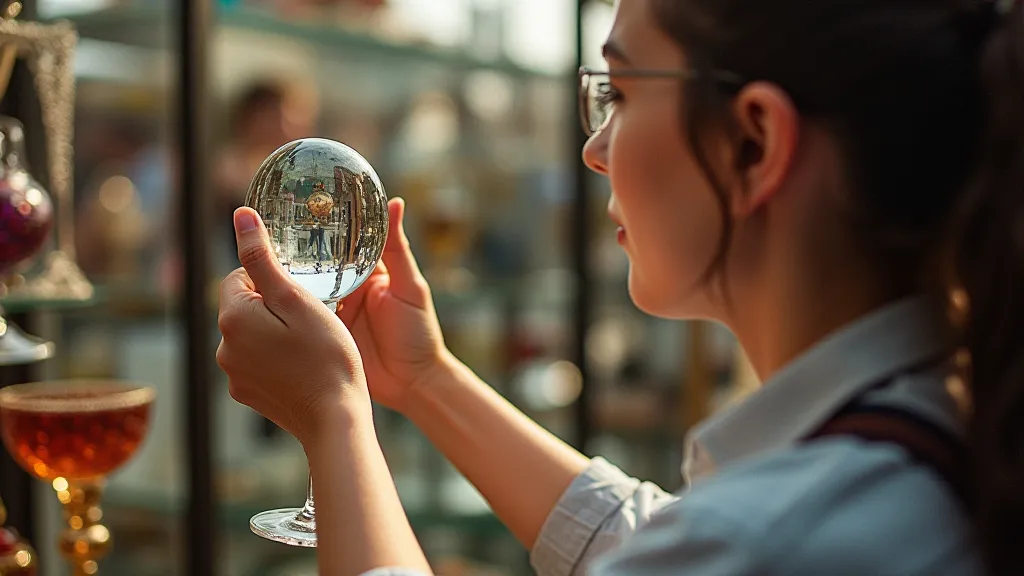
For those particularly interested in the historical aspects, it’s worth noting that the decline in carnival glass production was influenced by several factors, including changing consumer tastes and the increasing difficulty of sourcing the necessary metallic salts. The legacy of carnival glass, however, endures, captivating collectors with its enduring beauty and fascinating history. The techniques used during this era of glassmaking were remarkable, and contribute to the unique appeal of these collectible pieces.
